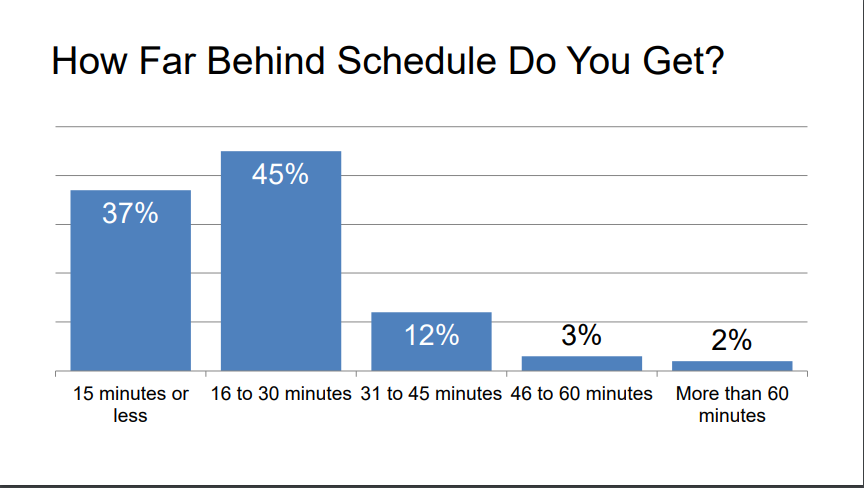
[su_slider source=”media: 12238,12239,12240,12241,12242,12243″ limit=”40″]
Alan Whitson, President of Corporate Realty, Design & Management Institute, discussed the state of healthcare in our country and where it is headed Oct. 2 at the NYC: 4th Annual Hospital, Outpatient Facilities & Medical Office Buildings Summit. The McMorrow Reports for Facilities Design and Management was there to cover the conference and is now sharing summaries and slides from some of the presenters.
Whitson shared in his presentation:
- Outpatient visits show the greatest jump (and growth) at 80 percent per 1000 people
- Baby boomers are going to the doctor far more frequently than other age groups.
- When examining office visits per 100 people per year: Children under 15 go 198.3 times in comparison people over 75 go 645.4 times.
- Private payers are bearing a much high payment-to-cost ratio around 144 percent in 2014 while Medicaid and Medicare was covering around 88 percent of the cost in 2014. As the population ages, more will be paying with Medicare.
- Forty percent of doctors see 11 to 20 patients a day. Fourteen percent see 31 or more a day.
- Thirty-six percent of doctors fall behind schedule several times per week. Twenty-eight percent fall behind daily. Only 6 percent reported never falling behind
- And how late are they? 45 percent run 16 to 30 minutes behind. Thirty-seven percent said they run behind 15 minutes or less.
- Forty-three percent of doctors reported that better technology could improve their efficiency. Thirty-eight percent said non-physical clinical staff would help.
- How much time are patients actually spending with their doctor? 19.1 minutes is the median time. However, an average medical visit takes 121 minutes; 64 minutes of which is waiting and paper work.
Here are some of Whitson’s takeaway points:
- Shift to outpatient care facilities is accelerating
- Hospital Length of Stay is creeping up (sickest) – Average Length of Stay numbers are masking trend
- Outpatient Facilities = Hospital level; Hospitals = ICUs
- Increases in 65+ population will result: – More physician visits and higher demand for healthcare services
- Economics are changing as Baby Boomers move from private insurance to Medicare – Private Insurers pay 144% of costs – Medicare pays 88% of costs of services
- Improving patient throughput is vital to address: – Quality of Care & Reduce Readmissions – Increasing demand for acute and outpatient care – Staff shortages – Constrained physical resources – Rising cost of capital
- It’s Return on Assets not Cost of Capital
- Time is the ultimate commodity: – Over 80% of patient visits involve 2 or more people – The physician visit is an ineffective use of both patients and physician’s time
- Only 16% of patient’s time during average visit is with doctor – A disproportionally negative impact on poor and elderly
- Physicians can see 20% more patients if bottlenecks and time wasters are removed
- U.S. healthcare spending now accounts for 5% of World GDP
- To return to historic % of GDP levels requires – Returning to higher growth rate in U.S. economy – Reducing healthcare costs by a minimum of 20%
